How to Count Music
Part 1 of 2:
Counting Rhythms
-
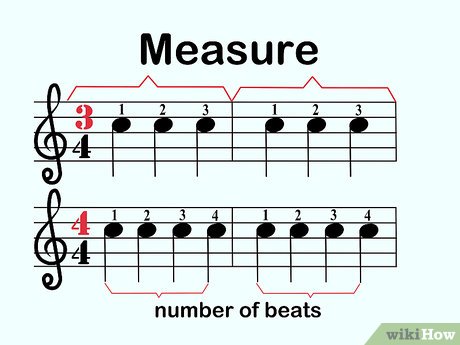 Understand what a measure is. Music is divided into measures, which are designated by a vertical line. Notes in music are named based on how much time they take up within a measure. Think of the measure as a pie that can be cut into quarters, halves, eighths, or a combination of different notes.[1]
Understand what a measure is. Music is divided into measures, which are designated by a vertical line. Notes in music are named based on how much time they take up within a measure. Think of the measure as a pie that can be cut into quarters, halves, eighths, or a combination of different notes.[1] -
 Learn basic notation. In a 4/4 time signature, the names of the notes clue you in to how much of the measure they will take. This will necessitate a rudimentary understanding of fractions. A whole note will take the whole measure. A half note will take half of the measure. From there, you can figure out that:
Learn basic notation. In a 4/4 time signature, the names of the notes clue you in to how much of the measure they will take. This will necessitate a rudimentary understanding of fractions. A whole note will take the whole measure. A half note will take half of the measure. From there, you can figure out that:- Quarter notes take a quarter of the measure.
- Eighth notes take one eighth of the measure.
- Sixteenth notes take one sixteenth of the measure.
- Notes can be combined to make one whole. For instance, 1 half note and 2 quarter notes makes 1 whole measure.
-
 Practice keeping the beat. In an even rhythm, tap your heel and count to 4 repeatedly, like this: 1-2-3-4, 1-2-3-4. The speed is less important than keeping the time even between each number. A metronome can also be helpful in setting an even beat.
Practice keeping the beat. In an even rhythm, tap your heel and count to 4 repeatedly, like this: 1-2-3-4, 1-2-3-4. The speed is less important than keeping the time even between each number. A metronome can also be helpful in setting an even beat.- Each full cycle of 1-2-3-4 is 1 measure.
-
 Practice counting basic note lengths. Say or sing 'la' while continuing to keep up the counting in your head. A whole note will take the whole measure, so begin singing 'la' at the number 1, and hold it until you have reached 4. You have just performed a whole note.
Practice counting basic note lengths. Say or sing 'la' while continuing to keep up the counting in your head. A whole note will take the whole measure, so begin singing 'la' at the number 1, and hold it until you have reached 4. You have just performed a whole note.- 2 half notes make up a measure. Sing 'la' for 1-2 then a new 'la' for 3-4.
- There are 4 quarter notes in a measure. Sing 'la' for each number you're tapping.
-
 Add syllables for smaller notes. For eighth notes, you will need to divide the measure into 8 even pieces, but you are still only beating 4 times per measure. Add the word 'and' between each number as you count like this: '1 and 2 and 3 and 4 and.' Practice this until it becomes easy. Each word is 1 eighth note.
Add syllables for smaller notes. For eighth notes, you will need to divide the measure into 8 even pieces, but you are still only beating 4 times per measure. Add the word 'and' between each number as you count like this: '1 and 2 and 3 and 4 and.' Practice this until it becomes easy. Each word is 1 eighth note.- Use a similar principle to count sixteenth notes. You will need to fit 16 sounds into 1 measure and do it evenly. One common way to do this is to say '1-e-and-a, 2-e-and-a, 3-e-and-a, 4-e-and-a.' Remember that the numbers should still be played and sung perfectly evenly.[2]
- The same general idea can be applied to even smaller notes, but as these notes appear rarely, they are less important to master as a beginner.
-
 Understand what a dot means. Sometimes in music there is a small dot immediately after a note. This dot indicates that the note's length should be increased by 50%.
Understand what a dot means. Sometimes in music there is a small dot immediately after a note. This dot indicates that the note's length should be increased by 50%.- A half note, normally worth 2 beats, becomes 3 beats with a dot.
- A quarter note, worth 1 beat without the dot, takes 1.5 beats with a dot.
-
 Practice triplets. Triplets are when 1 beat is divided into 3 notes. This is tricky because otherwise all the notes you have practiced are even fractions. Vocalizing syllables can help you get the hang of triplets.
Practice triplets. Triplets are when 1 beat is divided into 3 notes. This is tricky because otherwise all the notes you have practiced are even fractions. Vocalizing syllables can help you get the hang of triplets.- Practice counting triplets by saying '1-e-and, 2-e-and, 3-e-and, 4-e-and.
- Remember to continue keeping the numbers even using a metronome or tapping your foot.
-
 Break the rules. A fermata is a sign that looks like a dot with an eyebrow over a note. When you see this symbol, it means that note can be held for as long as you like, regardless of what the music might say.
Break the rules. A fermata is a sign that looks like a dot with an eyebrow over a note. When you see this symbol, it means that note can be held for as long as you like, regardless of what the music might say.- If you are part of an ensemble, the director will determine how long it should be held.
- If you are performing solo, consider in advance what will be most appropriate length.
- Listen to recordings of your piece if you are uncertain how long to hold. This will give you a sense of what other performers have done and you can decide what sounds best.
Part 2 of 2:
Understanding Time Signatures
-
 Find the time signature. At the top left-hand corner of a piece of music you will see several notations. The first is a symbol called the clef, which typically depends on the instrument for which the piece was composed. Next there may be some sharps or flats. Finally, you will see 2 numbers stacked on top of each other. This is the time signature.
Find the time signature. At the top left-hand corner of a piece of music you will see several notations. The first is a symbol called the clef, which typically depends on the instrument for which the piece was composed. Next there may be some sharps or flats. Finally, you will see 2 numbers stacked on top of each other. This is the time signature.- For the first part of this article we used the signature 4/4, which is indicated by 2 fours stacked on top of one another.
-
 Understand the significance of each number in the time signature. The top number indicates the number of beats in a measure, and the bottom number is which note value gets the beat. It is most common for a 4 to appear on the bottom, giving the quarter note the beat.[3]
Understand the significance of each number in the time signature. The top number indicates the number of beats in a measure, and the bottom number is which note value gets the beat. It is most common for a 4 to appear on the bottom, giving the quarter note the beat.[3]- In 4/4 time, the top note tells you that there are 4 beats in a measure, and the bottom note tells you that a quarter note gets the beat.
- In 2/4 time, there are 2 beats in a measure, but you are still counting a quarter note as a beat. So instead of counting 1-2-3-4, you would use that same pace but simply say 1-2, 1-2.
-
 Practice a waltz. Music set in 3/4 time counts 3 quarter notes to every measure. The waltz is always danced in this rhythm, and finding a song that is designated as a waltz may help you to hear the pattern more clearly. As you listen, count '1-2-3' in your head.
Practice a waltz. Music set in 3/4 time counts 3 quarter notes to every measure. The waltz is always danced in this rhythm, and finding a song that is designated as a waltz may help you to hear the pattern more clearly. As you listen, count '1-2-3' in your head.- The song 'Christmas Waltz' has a distinctive waltz rhythm, and also contains the lyrics 'and this song of mine/in three-quarter time,' tipping you off to the rhythm.
-
 Review less common time signatures. The top number always denotes the number of beats in a measure, and the bottom always signifies what note gets the beat. If the bottom number is an 8, then you should count eighth notes. If the bottom number is a 2, then you should count half notes.
Review less common time signatures. The top number always denotes the number of beats in a measure, and the bottom always signifies what note gets the beat. If the bottom number is an 8, then you should count eighth notes. If the bottom number is a 2, then you should count half notes.- 6/8 meter is like the waltz in that the beats are grouped into threes, but there are 2 of them. Beats 1 and 4 should get the emphasis: 'ONE-two-three-FOUR-five-six.' Beat 1 is the strongest beat.[4]
- 3/2 times means you should count 3 half notes for 1 measure. 1 half note is worth 2 quarter notes. Try counting evenly to 6, emphasizing the odd numbers: 'ONE-two-THREE-four-FIVE-six, ONE-two-THREE-four-FIVE-six.' By emphasizing the odd numbers, you're pointing out where each half note begins. By counting the even numbers, you're ensuring a regular pace.
-
 Practice counting while listening to music. The time signature gives a distinctive rhythmic sound to different types of music. For example, composers often write marches in 2/4 time to give a distinctive feeling of boots stepping 1-2, 1-2.
Practice counting while listening to music. The time signature gives a distinctive rhythmic sound to different types of music. For example, composers often write marches in 2/4 time to give a distinctive feeling of boots stepping 1-2, 1-2.- Pop, country and other music aimed at a broad audience typically has some form of 2 or 4 in the time signature because people like to tap their foot along with the music. Choosing a simple time signature makes it easy for a general audience to enjoy it.
- Jazz and other modern music often sounds disjointed because of unusual time signatures, such as 13/8, 5/4, and other uneven divisions. This will be a challenge to count, but may help you see how the time signature contributes to the overall feel of music.
5 ★ | 1 Vote
You should read it
- Usage notes application Secure Notes - Note pad Android
- How to pin a note on iOS 11 Notes application
- How to write notes online in Notepad
- 6 best note apps for iOS
- Instructions for retrieving deleted notes on iPhone / iPad
- How to write notes on Easy Sticky Notes Pro Windows 10
- Incidentally: Galaxy Note 9 lost to iPhone X on the benchmark despite its launch after 1 year
- Free note-taking software for Windows 7 and 8
May be interested
- Instructions on how to count words in cells in Excel
 in many cases you want to count the number of characters in a text string (text string) to calculate or combine with other functions, or to do something. you can then use the trim function, combining the len function, the substitute function. using the trim function to remove spaces, use the substitute function to replace the current text with new text in a text string, ...
in many cases you want to count the number of characters in a text string (text string) to calculate or combine with other functions, or to do something. you can then use the trim function, combining the len function, the substitute function. using the trim function to remove spaces, use the substitute function to replace the current text with new text in a text string, ... - How to Check a Word Count in Microsoft Word
 whether you're completing a homework assignment or drafting an article with microsoft word, it can be important to know how many words you've written. fortunately, word has an easy-to-use, built-in tool to keep track of your word count in...
whether you're completing a homework assignment or drafting an article with microsoft word, it can be important to know how many words you've written. fortunately, word has an easy-to-use, built-in tool to keep track of your word count in... - How to Count Characters in Excel on PC or Mac
 this wikihow teaches you how to find the number of characters in a cell or group of cells using microsoft excel. open the spreadsheet that contains the characters you want to count.
this wikihow teaches you how to find the number of characters in a cell or group of cells using microsoft excel. open the spreadsheet that contains the characters you want to count. - How to calculate and color blank cells in Excel
 counting and coloring blank cells in excel will rely on excel functions and conditions to perform.
counting and coloring blank cells in excel will rely on excel functions and conditions to perform. - How to Listen to Music
 when one listens to music, usually the music is played in the background while we do tasks such as work or household chores. the means we aren't actively listening to the music. music can be a great, healing relaxer to help us escape from...
when one listens to music, usually the music is played in the background while we do tasks such as work or household chores. the means we aren't actively listening to the music. music can be a great, healing relaxer to help us escape from... - 15 great benefits of listening to music you may not know
 here are 15 amazingly scientifically proven benefits of listening to music you may not know yet.
here are 15 amazingly scientifically proven benefits of listening to music you may not know yet. - How to count words in Google Docs
 google docs does not display word count by default. in this article, software tips will show you how to count words in google docs.
google docs does not display word count by default. in this article, software tips will show you how to count words in google docs. - 10 best online music creation, sharing and listening services
 here are the best online services to share and listen to music. these platforms store all kinds of music with advanced features to give you a complete music experience.
here are the best online services to share and listen to music. these platforms store all kinds of music with advanced features to give you a complete music experience. - Instructions for installing and using Apple Music on Android
 if you are using android devices but you want to experience apple music - apple music streaming service right on your phone, follow the steps in the article below.
if you are using android devices but you want to experience apple music - apple music streaming service right on your phone, follow the steps in the article below. - The best step counter app for Android and iOS
 instead of buying specialized health monitoring devices like smart watches or expensive health meters, you can take advantage of your smart phone through step-by-step applications to track your habits. everyday walking walk.
instead of buying specialized health monitoring devices like smart watches or expensive health meters, you can take advantage of your smart phone through step-by-step applications to track your habits. everyday walking walk.
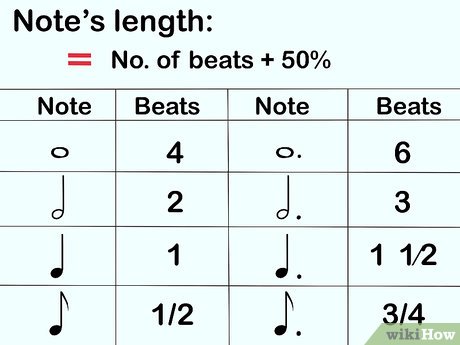
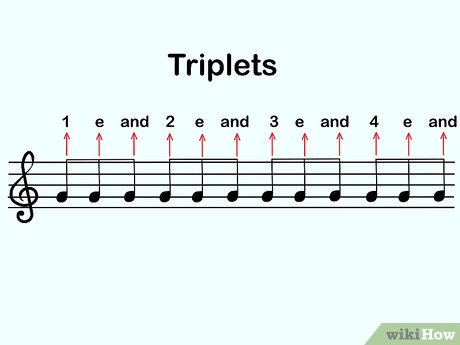
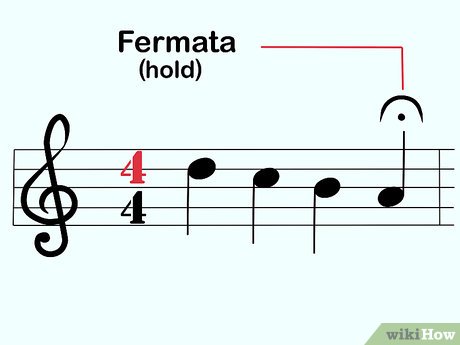
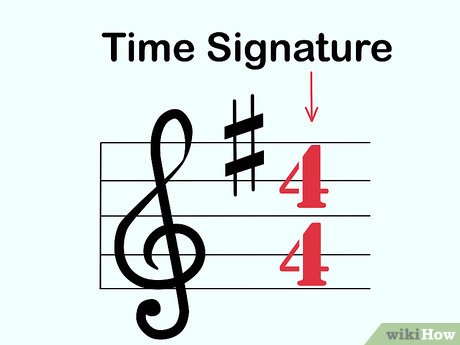
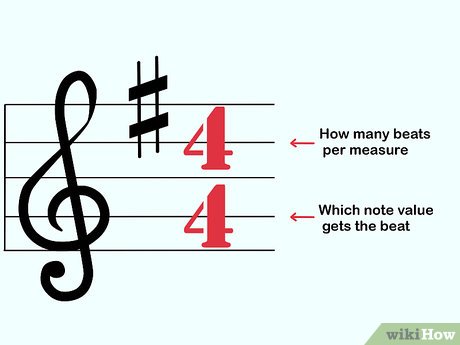
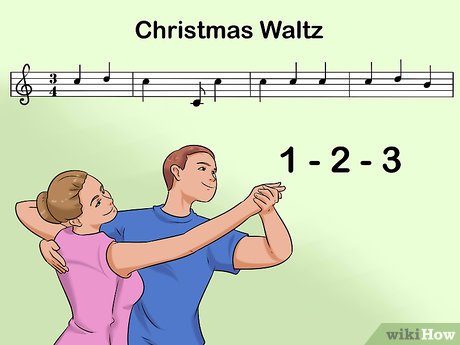
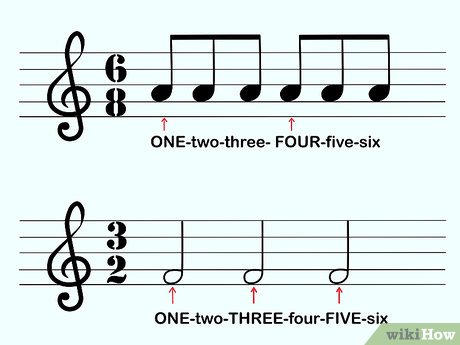
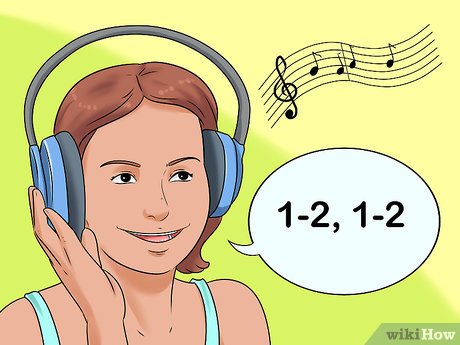










 How to Teach Yourself to Read
How to Teach Yourself to Read How to Add Music to Your Music Library
How to Add Music to Your Music Library How to Cosplay
How to Cosplay How to Read a Newspaper
How to Read a Newspaper How to Get Your Song on the Radio
How to Get Your Song on the Radio How to Build a Home Studio for Computer Based Music Recording
How to Build a Home Studio for Computer Based Music Recording